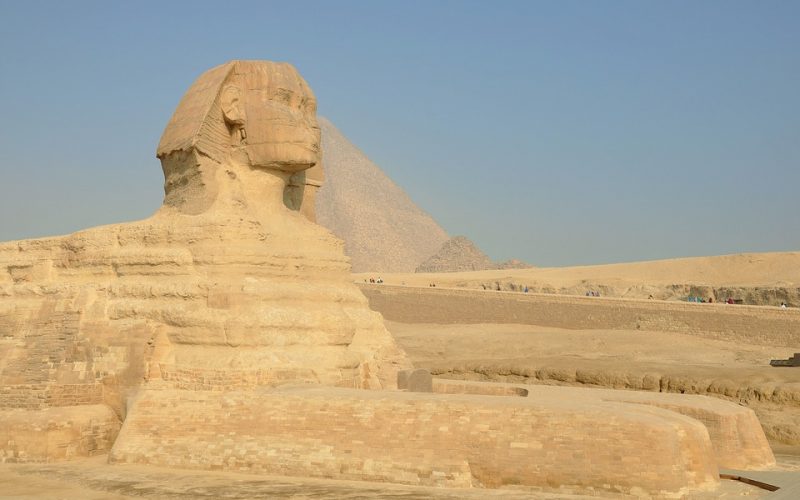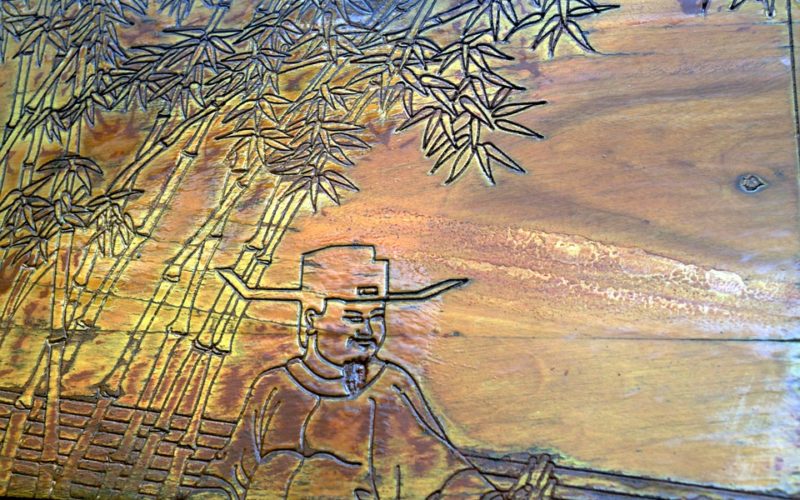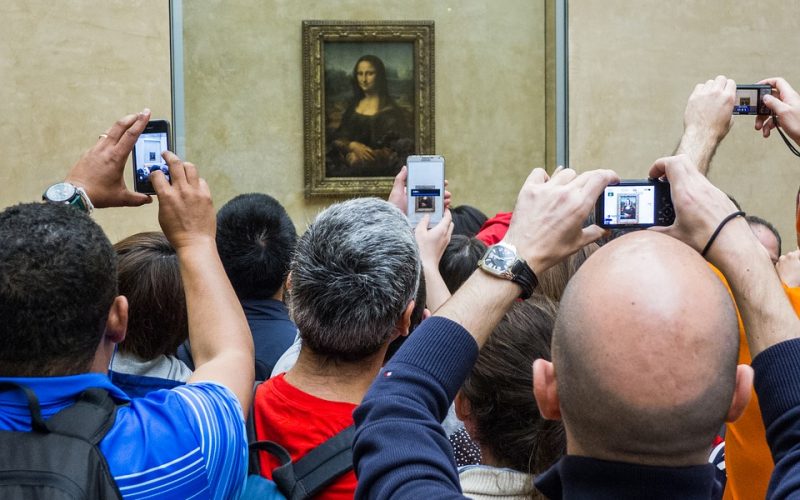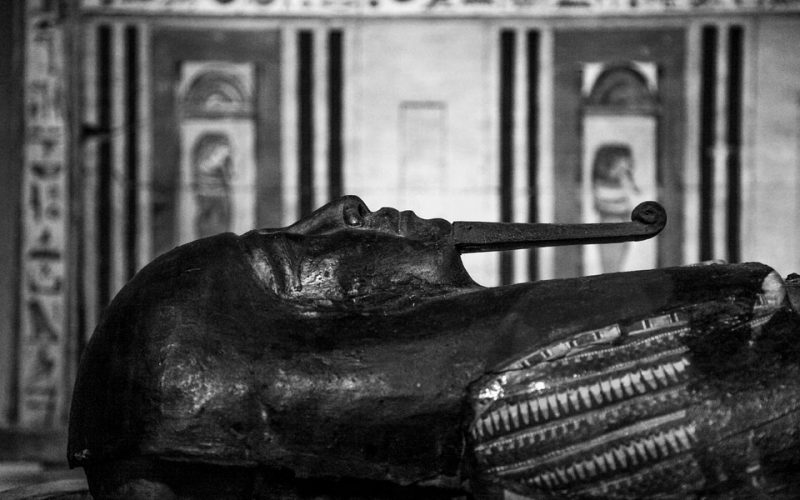Every group of people is defined by their culture. They may not know it, but they also contribute to that culture. Things they take for granted or do in everyday life are added to the whole. Once the cultural math is done, it adds up to the cultural identity of the group. It is no wonder that any artist within a culture will observe it and see the icons it produces. These icons are representations of the body of the culture. They are instantly known to the people because they are part of their daily lives.
Identifying cultural icons is not always easy for outsiders. The icons must be familiar to the majority of the people within a culture. The best way for an outsider to see and understand them is to be immersed in that culture for at least a year. What people do and see on a regular basis, and the products they use are all part of how they live. This is the basis of culture and the icons it produces.
Cultural art can be admired by people outside the culture being represented. It may be partially understood, but full understanding requires in-depth knowledge. For those who admire it, it can be reproduced as lithographs, ceramic transfers or ceramic decals pieces. They can admire it and take time to explore the meaning as their knowledge increases. Looking at an iconic piece of art each day will help the viewer to understand the background culture that produced it.
Artists are specialists when it comes to observation. They view the world and the interactions between its parts and transform it into a statement. Each statement has a background and meaning. It has a cultural reference, even if the artist is working outside their own culture. What they see is the visual, audio and emotional production of a group of people. They translate this through their own cultural experiences and create an art piece. It can be a painting, a sculpture or a written work. The medium of their work does not matter, but the finished product and its ability to transmit cultural information are important.

















